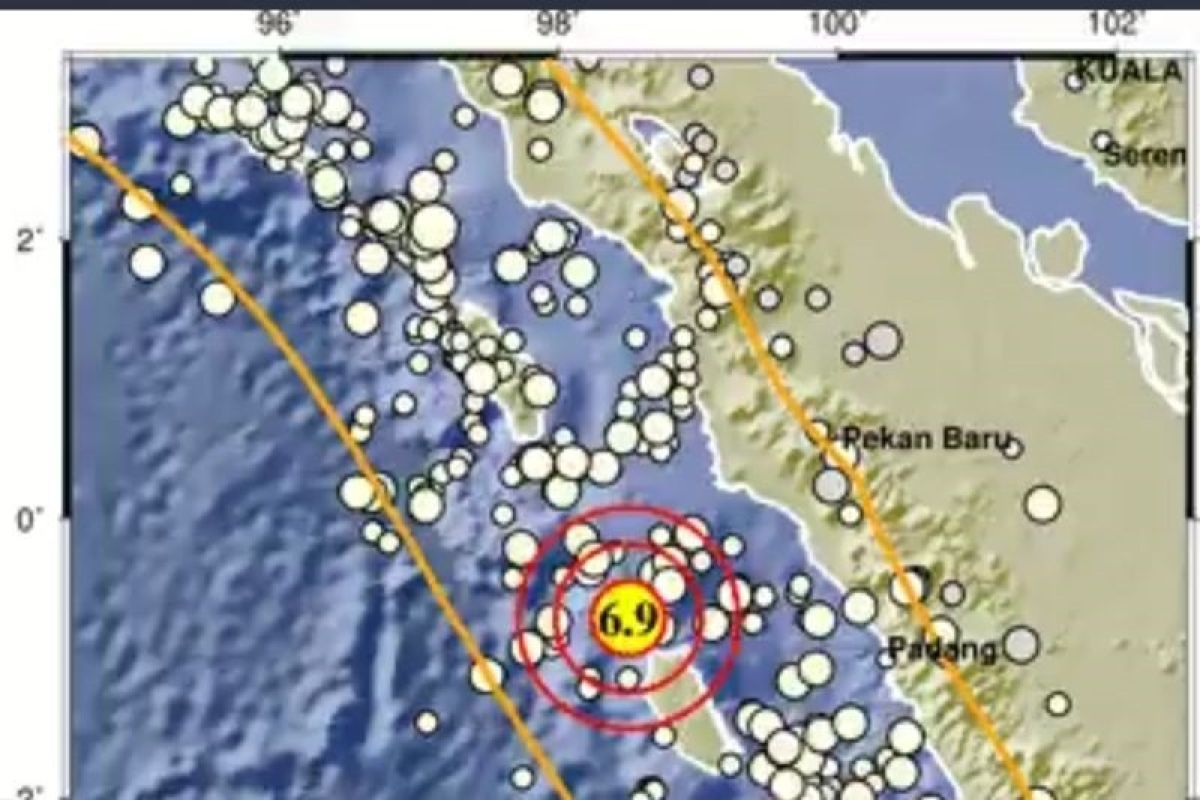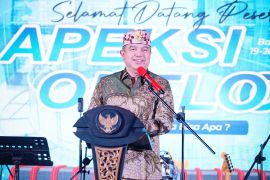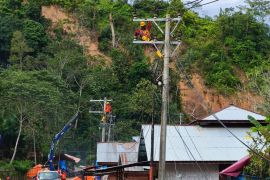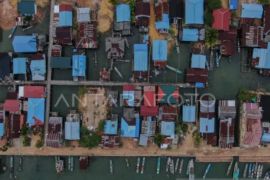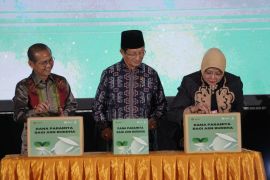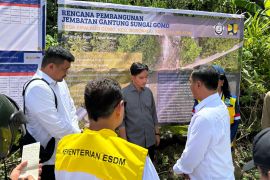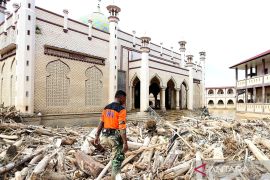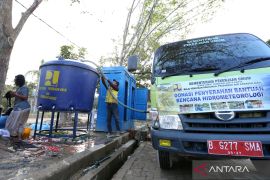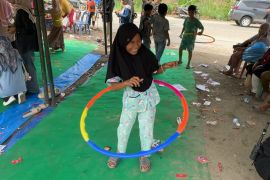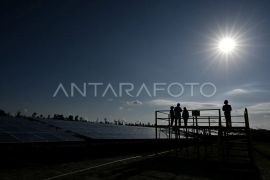BMKG's coordinator for earthquake and tsunami mitigation, Daryono, explained that the epicenter of the earthquake was located at the coordinates of 0.19 degrees northern latitude and 98.32 degrees eastern longitude, 20 km under the sea.
"This earthquake is a type of shallow earthquake due to plate subduction activity where the Indo-Australian Plate 'plunges down' the Eurasian Plate, precisely in the Batu Megathrust zone, which has a targeted magnitude of 7.8," Daryono stated here on Friday.
He explained that the analysis results showed that this earthquake had an oblique thrust fault mechanism.
Related news: Hartarto stresses women's economic empowerment at W20 Summit
The earthquake was felt in South Nias, especially in Batu Islands, reaching an intensity scale of up to Modified Mercalli Intensity (MMI) III-IV, where the shock felt was so strong that many residents fled their homes.
"The modeling results show that the earthquake did not potentially cause a tsunami because its strength is relatively small and has not been able to cause seabed deformation, which can cause disturbances in the seawater column (tsunami)," Daryono stated.
As of 5:10 a.m. local time, the BMKG monitoring results indicated the occurrence of four aftershocks, with the highest magnitude of 3.6.
Related news: Distinct flavor of Flores coffee wafts through 3rd G20 DEWG
As Batu Islands are prone to earthquakes and tsunamis, the BMKG noted that powerful earthquakes have hit the area several times in the past, such as on February 16, 1861, with a magnitude of 8.4, which triggered a tsunami that caused more than a thousand people to die.
Furthermore, on January 4, 1907, a 7.8-magnitude earthquake struck the region that claimed the lives of 400 people.
"The last strong earthquake in Batu Islands occurred on December 28, 1935, (magnitude of 7.7), injuring several people," he stated.
Related news: Preparations for G20 Summit still on: Foreign Minister
Related news: Indonesia calls for greater tax transparency among countries
Translator: Devi R, Kenzu T
Editor: Fardah Assegaf
Copyright © ANTARA 2022
